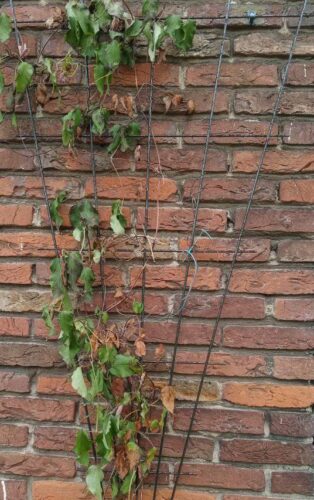Clematis wilt (Calophoma clematidina). This fungus affects Clematis species.
Also known as:
Pho
Clematis wilt (Calophoma clematidina). This fungus affects Clematis species. Spots appear on the leaves, followed by wilting of the stems. The stem weakens at the top and dies. Newly infected stems turn black. Sometimes healthy shoots still grow from the soil during the infestation.
Calophoma clematidina survives on dead plant material in the soil. Splashing (rain) water can transfer fungal spores to leaves and stems, causing contamination.
Once infected, the infection spreads rapidly and causes sudden wilting and death of the shoots. The root system is often unaffected, so that young shoots from under the ground can still grow again. Calophoma clematidina does not kill the plant; these usually die from exhaustion.
Withering and dying of shoots and stems can also be caused by infestation of the roots by honey fungus (Armillaria mellea) and/or Phytophthora root rot.
Affected plants
- Clematis
Control
Cut off affected stems to the ground and hope the Cle
Prevention
Plant the Cle

